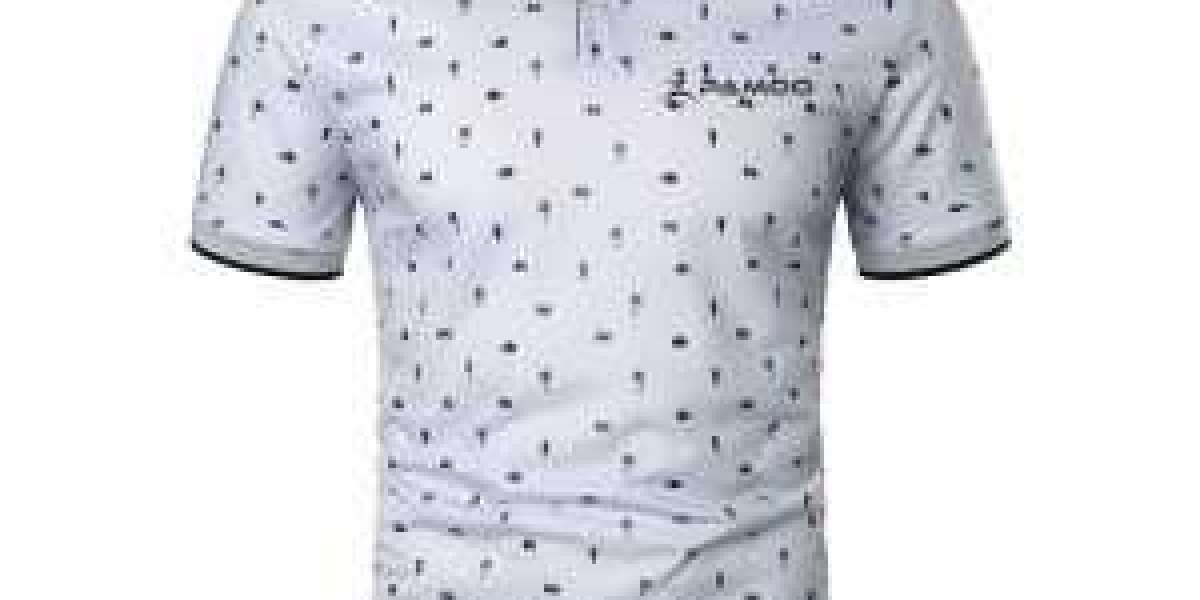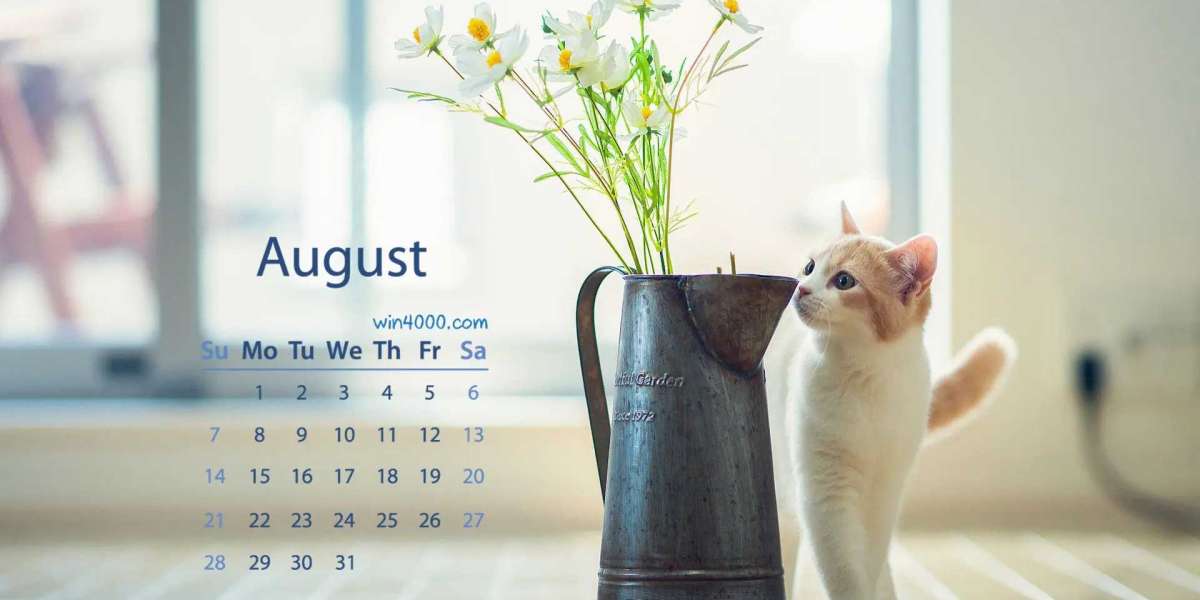Polo shirts are a wardrobe staple that blends casual comfort with a refined aesthetic, making them one of the most versatile clothing items in fashion history. Their unique design, featuring a soft collar, a buttoned placket, and short sleeves, offers a middle ground between a T-shirt and a formal button-down shirt. Polo shirts have remained timeless since their inception, evolving in fabric, style, and fit, while maintaining their core appeal.
The History of Polo Shirts
The origins of the polo shirt date back to the 19th century, initially worn by British polo players, which is where the garment got its name. The modern version of the polo shirt, however, was popularized in the 1920s by French tennis player René Lacoste. Dissatisfied with the stiff, restrictive tennis attire of the time, Lacoste designed a breathable, short-sleeved shirt made of lightweight cotton piqué fabric with a flat, soft collar that could be turned up to protect the neck from the sun. The shirt featured a longer tail in the back, allowing for easier movement on the court.
Lacoste’s innovation quickly gained traction in the tennis world and was soon embraced by polo players and golfers as well. By the mid-20th century, the polo shirt had become a symbol of sophistication and leisure, worn not just by athletes but also by individuals seeking a balance between style and comfort. Today, brands like Ralph Lauren, Lacoste, and Fred Perry continue to elevate the status of the polo shirt in fashion.
Fabric and Construction
One of the key elements that make polo shirts unique is the fabric. Traditionally, they are made from cotton piqué, a textured fabric that offers breathability and comfort. Piqué cotton has a unique weave that creates a subtle pattern, making the shirt both durable and soft to the touch. Over time, other fabrics like cotton blends, jersey, and performance fabrics like polyester and elastane have been used to create different types of polo shirts, each offering its own advantages.
- Cotton Piqué: The original fabric used in polo shirts, piqué is lightweight, breathable, and has a slightly raised texture. It's ideal for warm weather and casual settings.
- Cotton Jersey: A softer, smoother fabric, jersey polos are more relaxed and less structured than their piqué counterparts. They are typically favored for their comfort and ease.
- Performance Fabrics: Many modern polo shirts, especially those intended for athletic use, are made from moisture-wicking, quick-drying materials like polyester or blends of cotton and elastane. These fabrics are engineered for maximum comfort during physical activity.
Styles and Fits
Polo shirts have undergone various changes in terms of style and fit over the decades. From the classic slim-fit styles to modern relaxed fits, polos come in a wide range of designs to suit different body types and preferences.
- Classic Fit: The traditional polo shirt fit is slightly loose, offering more room for movement and comfort. This style works well for casual or semi-formal settings and provides a timeless look.
- Slim Fit: Designed to be more form-fitting, the slim-fit polo hugs the body without being too tight. It’s ideal for those who prefer a sharper, more contemporary silhouette.
- Athletic Fit: These polos are typically made from performance fabrics and have a closer fit, especially around the chest and shoulders, to accommodate active lifestyles. The material usually has some stretch to allow for freedom of movement.
Polo shirts also come in various sleeve lengths and collar styles:
- Short-Sleeve: The most common variety, perfect for warmer climates and casual outings.
- Long-Sleeve: More formal and suitable for cooler weather or for occasions requiring a slightly more polished look.
- Button-Down Collar: Some polos come with collars that have buttons to keep them in place, giving a cleaner and more refined appearance.
Polo Shirt Colors and Patterns
One of the reasons polo shirts have endured in popularity is their versatility in colors and patterns. From solid neutrals to bold stripes, polos can be dressed up or down depending on the occasion.
- Solid Colors: Solid polos in neutral colors like navy, black, white, and gray are timeless classics that can be paired with anything from jeans to slacks. Bright colors like red, green, and blue make a bolder statement and are often seen in more casual or athletic settings.
- Striped: Striped polos are a popular variation, offering a playful twist on the traditional solid shirt. Horizontal or vertical stripes add visual interest and are perfect for summer outings or sporting events.
- Patterned: More recently, polo shirts with subtle patterns such as checks, geometric designs, or embroidered details have emerged, giving the shirt a contemporary and trendy flair.
How to Wear a Polo Shirt
One of the main appeals of the polo shirt is its versatility. It can be worn in various ways, ranging from casual to semi-formal, depending on how it’s styled.
- Casual Look: Pair a polo shirt with jeans or shorts for an easygoing, comfortable outfit. This look is perfect for weekend outings, casual lunches, or trips to the beach. Sneakers or loafers complete the relaxed vibe.
- Smart Casual: For a more polished look, wear a polo shirt with chinos or tailored trousers. Opt for a slim-fit polo in a solid color or subtle pattern, and tuck it into your pants. Adding a belt and a pair of loafers or dress shoes elevates the ensemble.
- Layered: Polo shirts also work well as layering pieces. You can wear them under a blazer for a sophisticated yet comfortable outfit. In cooler weather, they pair nicely with sweaters or jackets.
Care and Maintenance
To keep a polo shirt looking its best, proper care is essential. Most polo shirts, particularly those made from cotton, should be machine washed in cold water to prevent shrinking and maintain the integrity of the fabric. Avoid using bleach, and instead opt for gentle detergents that are less likely to damage the material.
When it comes to drying, it’s best to air-dry polo shirts to maintain their shape and avoid shrinking. If using a dryer, set it to a low heat setting. For polo shirts made from performance fabrics, always follow the manufacturer’s care instructions to avoid damaging any moisture-wicking or stretch properties.
The Future of Polo Shirts
While the polo shirt has a rich history and has been a mainstay in fashion for nearly a century, its future looks just as bright. Innovations in sustainable fabrics, such as organic cotton and recycled polyester, are likely to play a significant role in the next wave of polo shirt designs. Additionally, the rise of athleisure and the blending of performance wear with everyday fashion means that polo shirts will continue to evolve, merging style with function.
Conclusion
Polo shirts remain a timeless and adaptable piece of clothing that can suit a wide range of occasions. Whether you're going for a casual weekend look, heading to the office for a business-casual event, or spending time outdoors, the polo shirt is a reliable option. Its rich history, variety in styles and fabrics, and its ability to be dressed up or down ensure that the polo shirt will continue to be a cornerstone of men's and women's fashion for years to come.








